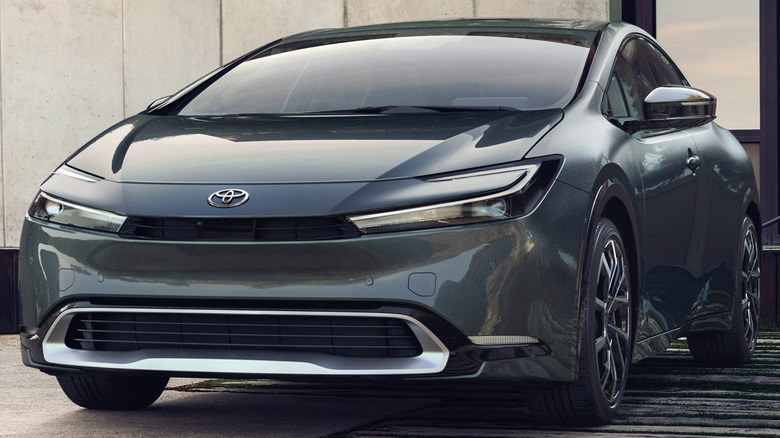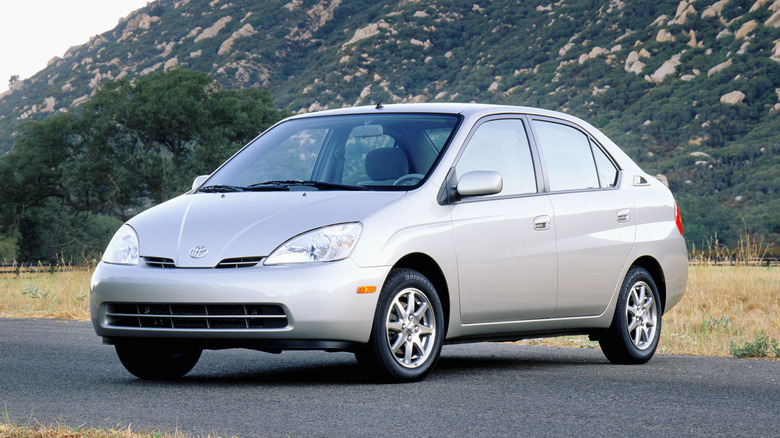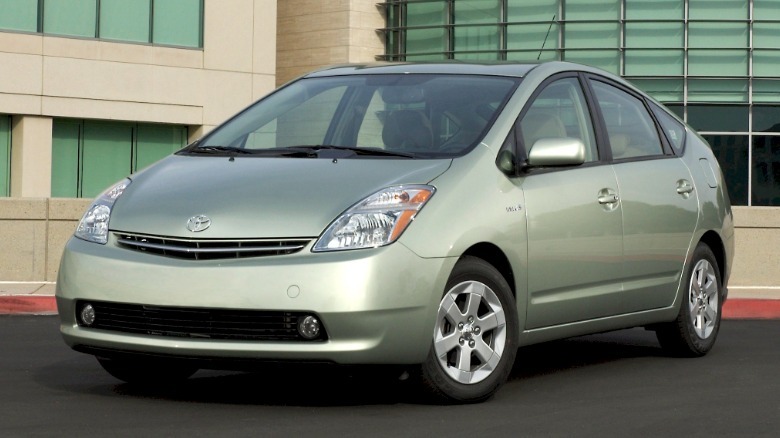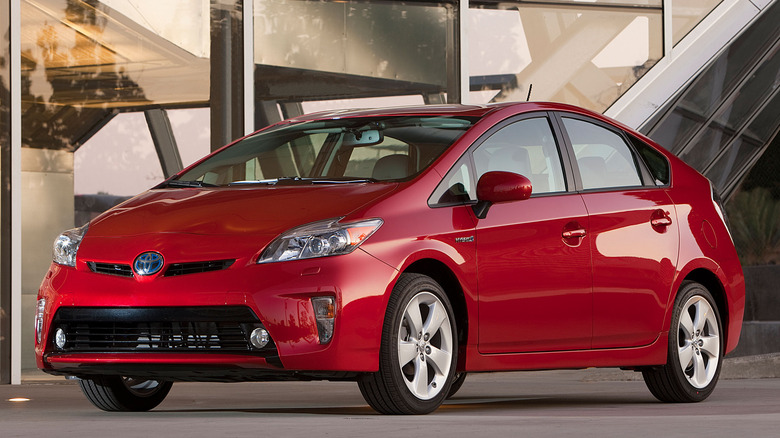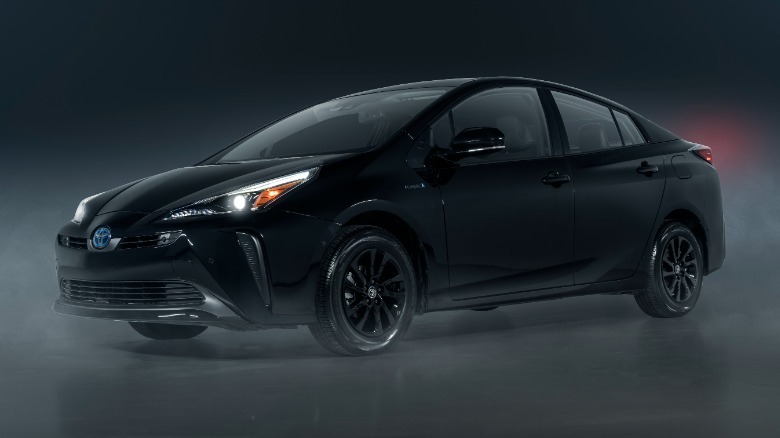A Pioneer For Future Technology: A Brief History Of The Toyota Prius
The humble Toyota Prius is the butt of seemingly hundreds of automotive jokes. The model is characterized by detractors as being as slow as a sloth, about as exciting as a doctor's office, and diametrically opposed to something like a 1969 Chevy Chevelle SS or a large diesel truck with an ill-advised lift kit. The Prius doesn't have too many friends in quite a few automotive circles.
But that characterization is at best unfair and at worst ill-informed. The Prius never set out to break speed records like a Bugatti or melt off its own tires in a rolling burnout like a Shelby Mustang. It was meant to get good fuel economy and serve as a test bed for hybrid technology that has now become commonplace. Plus, the Prius of today and the near future is quite a different animal entirely than its egg-shaped ancestors from prior generations.
The newest fifth-generation Prius has a not-disrespectful 194 horsepower (220 horsepower with the Prius Prime) when the hybrid system is going at full tilt and it's available with all-wheel drive. But the real stat to get excited about is that the base model manages to get 57 miles per gallon. That figure, to some people, is way more interesting than quarter-mile times and top speeds. It's been nearly 30 years since the very first Prius rolled off the line and a large section of today's automotive lineup owes its existence to the Prius.
Slow and steady
The Prius as a concept has been around since 1993, but the first production version came about in 1997 for the Japanese market and in 2001 for the United States. It looked a lot like the Toyota Echo from the era and not too much like the rolling dentist's office that receives most of the ribbing today. Even in its first iteration, the Prius achieved impressive fuel economy at an EPA-estimated 41 combined miles per gallon. A Car and Driver review from 2001 estimated the Prius to have a zero to 60 time of a solid 13 seconds, only a bit faster than something like a Zastava Yugo. The only speedy way it could complete the quarter-mile was if it was dropped out of a helicopter.
The second-generation Prius, first going on sale in 2003, was where everyone started paying attention, for better or worse. This generation was when the car really came into its own and became a pop culture sensation synonymous with being environmentally conscious. The Prius was now more Prius-shaped as opposed to just a weird-looking Echo and got extraordinary fuel economy for the time, netting an estimated 46 combined miles per gallon. It even outmatched other hybrids that were showing up on the market. A Honda Civic Hybrid from the same year could only muster 40 miles per gallon.
The Prius was unconventional looking and not at all a performance car, but it taught the car-buying public that hybrid technology worked and it could save you quite a bit of money at the pump.
Efficiency through the years
The third and fourth generations, debuting in 2009 and 2015 respectively, were the rare sequels that improved on the original movie. For the third generation, the Prius achieved an estimated 50 miles per gallon, while the fourth generation bumped it up to 52 miles per gallon. Although the model got ever so slightly peppier over the years, that was never the main point of the Prius. You may buy a Dodge Challenger SRT Hellcat to go faster than reason would dictate, but you buy a Prius to sip as little fuel as possible. And in that metric, it excelled.
Hybrid technology was once obscure and misunderstood as it made an appearance in the first and second generations of the Prius. Now it's everywhere as automakers make the jump toward full electrification. Lamborghini, the purveyor of all things wild, loud, and fast, is making the jump to hybrid technology. Even the most stereotypically macho vehicles like the Jeep Wrangler Rubicon have benefitted from a hybrid drivetrain. If it wasn't for the goofy little egg car in the early 2000s, hybrid technology might not be where it is today.
